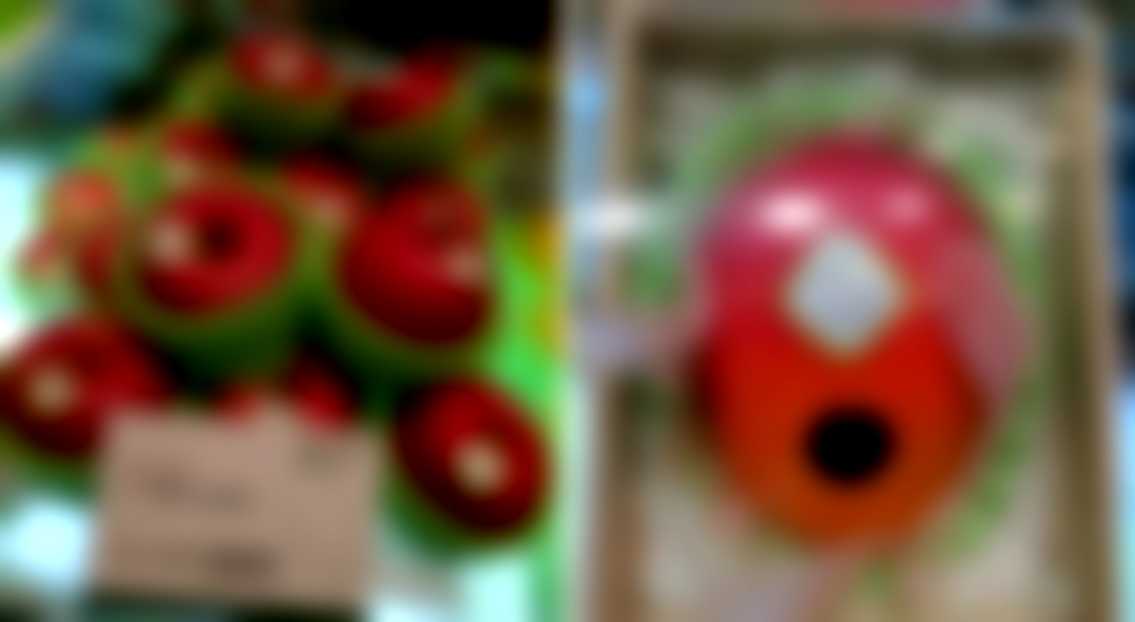Inside Japan’s Most Expensive Fruit Parlor Where Mangoes Cost $230 EACH


By Benny Luo
This is the Sembikiya fruit parlor in Tokyo, Japan.

It’s the flagship store of the Sembikiya fruit emporium. They specialize in selling high-end fruits that are often bought as gifts. In Japan, it’s customary to give them during special occasions.

Sembikiya has been run by the descendants of a samurai family since 1834. It initially started as a discount fruit store, but the wife of the second-generation owner decided to pivot the business and focus solely on luxury fruits. Here’s what you can buy:
Sun Fuji Apples – $17 each

Dekopon (a type of mandarin orange) – $19 each

Avocados – $6.60 each

Persimmon – $10 each

Mangos – $237 EACH

Yes, you read that right. ONE mango for $237! These mangoes are specially grown in Hokkaido and are insanely rare. They’re also watered with Chuck Norris’ tears (just kidding).
They are extremely strict here about people not messing around with their precious fruit.

Oranges – $14 each

Muskmelon – Up to $237 each

These muskmelons are grown in perfectly controlled environments in greenhouses.

Only one melon is kept for each plant (extra ones are removed) to ensure that all the nutrients and sweetness will accumulate to just one fruit.

Once the melon starts growing bigger, the farmer will wrap it with a shield to protect its outer layer.

Can’t decide what you want? Pick out a fruit medley!


Once you order, the workers will direct you to a waiting area while they collect your selections.

Just how expensive can these fruits get? One melon was once auctioned for $23,000.

They’ll also serve you lemonade while you wait.

Then they’ll beautifully wrap your fruit like so.

Why are fruits such a luxury item? According to research by Takasago:
“Food culture and environment have played a significant part in the differences found in fruits between Japan and the West. In Europe, where Western culture originated, much of the water is hard water, which is difficult to drink, and few crops could provide a source of vitamins throughout the year, so fruits, which were rich in water content and vitamins, were considered essential food in people’s lives. Fruits were also the main type of preserved foods, being used for jams, juices, wines, and more. In contrast, Japan has a lot of rain, good quality water, and the availability of an abundance of vegetables and edible wild plants year round, from which water content and vitamins can easily be obtained. For this reason fruits were always considered luxury items and gift items.”
Share this Article
Share this Article